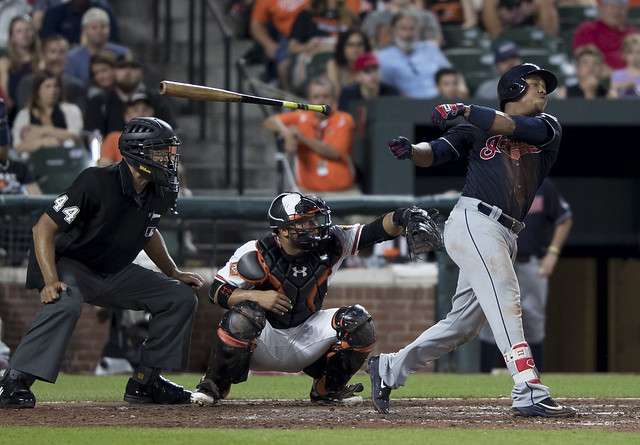Getting the Most out of Robbie Ray
A glimpse at Robbie Ray might look like an ace at work. Four times this season, Ray has struck out at least 10 batters while walking one hitter or fewer. Only Gerrit Cole, Chris Sale, and Max Scherzer have more matching games. Since the beginning of the 2016 season, Ray has struck out 31% of batters faced; among the 183 starters with at least 200 innings, only Scherzer and Sale have higher strikeout rates. The strikeouts are great, but Ray’s walk rates and inability to pitch deep into games has long held him back. While he has continued to work to get better, the changes have continued to lead Ray back to being the generally above-average pitcher he’s always been.
Ray’s first full season with the Diamondbacks in 2015 was a solid one, with a 22% strikeout rate, a 9% walk rate, and an ERA and FIP both in the mid-threes, about 10% better than average. Ray tried to get better by changing his delivery slightly, as he told David Laurila in 2016, and become a “strikeout madman”, as August Fagerstrom detailed. His strikeouts went way up, but so did his homers, though his 3.76 FIP was again about 10% better than average. Some bad luck on balls in play meant an ugly 4.90 ERA and the questions began about Ray’s ability to pitch deep into games and limit hard contact.
In 2017, Ray ditched his changeup as well as his sinker and used his curve much more, as Eno Sarris wrote at the beginning of the season. Ray increased his strikeout rate even more, though his walk rate climbed a bit as well and he still gave up his fair share of homers on the way to a 3.72 FIP that was 15% better than league average. It was Ray’s best season and whatever bad luck he had from 2016 turned itself around in 2017, to the tune of a 2.89 ERA and a handful of down-ballot Cy Young votes. Last year was a disappointing one, as Ray missed two months with an oblique injury and posted his first below-average FIP in Arizona. His walk rate surged, though after a rough start to open the second half, he closed the season well with a 3.78 FIP that was about 10% better than average and a 2.83 ERA thanks to a very low BABIP. Read the rest of this entry »



